The video above takes a closer look at this Tip & Technique submitted by reader Dan Broadbelt from Robesonia, PA.
I have a store-bought, brand-name stud finder, but it is pretty much worthless finding studs in anything but new-work drywall. I’d heard about using a magnet, I tried it, and I was sold. As shown in the drawing, I took the idea one step farther by adding a length of brass chain (non-magnetic) like the type used for old-style toilets and a brass ball (for a pull-chain fan) at the end of the chain.
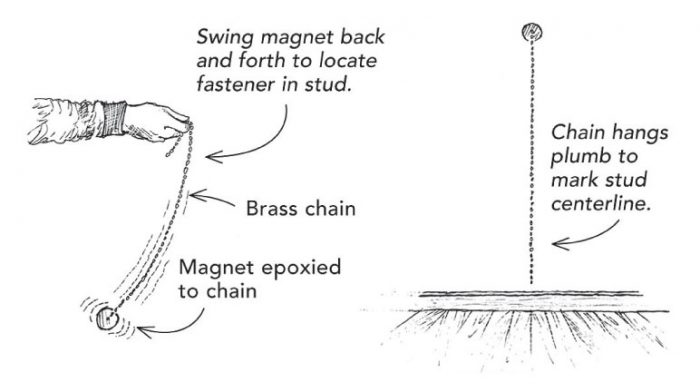
The beauty of this setup is that I can swing the magnet back and forth, and up and down in a slow, wide arc, and when a steel fastener is found, the magnet stops dead in its track. Then I drape the chain down the wall. When it stops swinging, the chain shows the center of the stud (usually). After that, I measure the stud centers (usually 16 in.) and start the process over again.
By the way, the magnets I use are from old computer disk drives. They are super strong. I attach the chain to the magnet with epoxy. I usually keep a couple of these stud finders with me-not because they break, but because when somebody else sees me using mine, they want one.







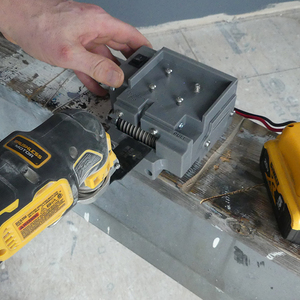







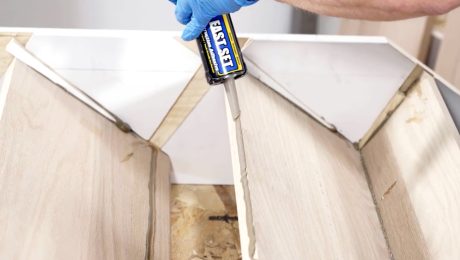
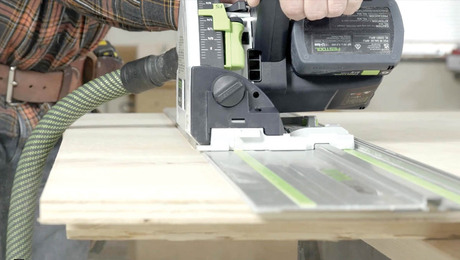

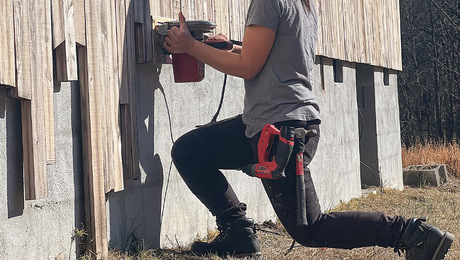










View Comments
The only little drawback to these rare earth magnets is that they pick up any tiny particles of steel or iron that are anywhere nearby -- like from sawzalling thru nails. So, I keep mine in a small but thick-walled plastic bag that some parts came in. You can from time to time carefully pull the magnet out of the bag and thereby separate it from the magnetic crud it's picked up. The bag works well for dangling it, and is gentle on painted surfaces.
-- J.S.